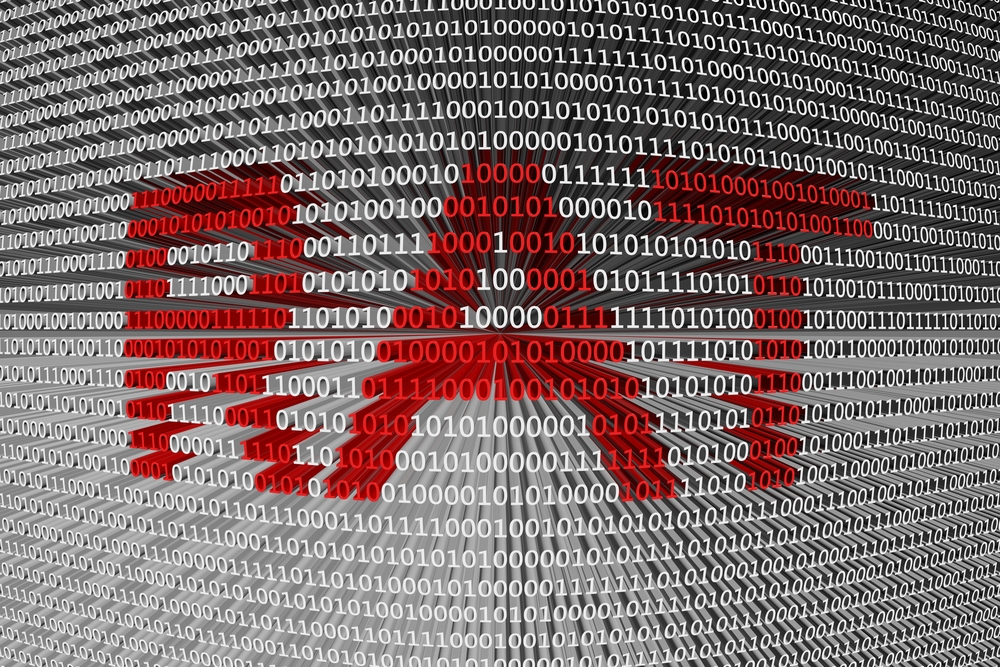There is nothing more troubling than having your computer or other Internet-connected device taken over by hackers. In most cases, this is achieved through Remote Access Trojans, also known as RATs. This type of malware make use of remote administration software flaws to gain administrator privileges over the device in question. A RAT can cause significant harm in more ways than one.
Do Not Underestimate The Power of RATs
The abbreviation “RAT” has gotten a bit of a sour taste in recent years, due to the association with Remote Access Trojans. However, the RAT acronym is officially used for Remote Administration Tools, which allow operators to control devices from a distance. There are plenty of legal use cases for this technology, even though criminals are using it for more nefarious purposes over the past few years.
To be more specific, a Remote Access Trojan is capable of using the same privileges as most types of remote administration tools. These tools are capable of monitoring a computer, executing programs, using the device’s camera, log information, and much more. On paper, this all sounds quite harmless, but when a criminal is running the show, things can go from bad to worse in a heartbeat.
Having an unknown criminal control your Internet-connected device is not something to look forward to. Do not be surprised if an assailant suddenly changes your computer’s background, installs new viruses, or even destroys computer hardware by overclocking it well beyond the safety limits. There is no limit as to what one can do when successfully deploying a Remote Access Trojan.It gives a third party the same tools as a person legitimate trying to remotely access a device.
As we mentioned in previous articles, there have been quite a few prominent Remote Access Trojans in history. It appears cybercriminals are embedded even more malicious tools with these remote administration tools right now. In fact, a lot of new types of malware and ransomware are now bundled with Remote Access Trojans. This allows criminals to monitor and control victim computers.
Remote Access Trojans are not installed in a computer by sheer magic either, though. They are distributed in the same way most other types of malicious software find their way to computers and other devices. Users often [unknowingly] download a file or click a link that exposes them to a RAT payload being downloaded in the background. In most cases, the malicious payload spreads through phishing email, peer-to-peer file-sharing networks, and pirated software.
It is impossible to predict what happens to a computer once it is infected with a Remote Access Trojan. A lot of damage can be done when an unknown party controls your computer. Getting rid of the Trojan often requires restoring a previous backup of data, or formatting the computer entirely. Always sue proper antivirus and anti-malware software on your computer to keep the bad guys out.
If you liked this article, follow us on Twitter @themerklenews and make sure to subscribe to our newsletter to receive the latest bitcoin, cryptocurrency, and technology news.

